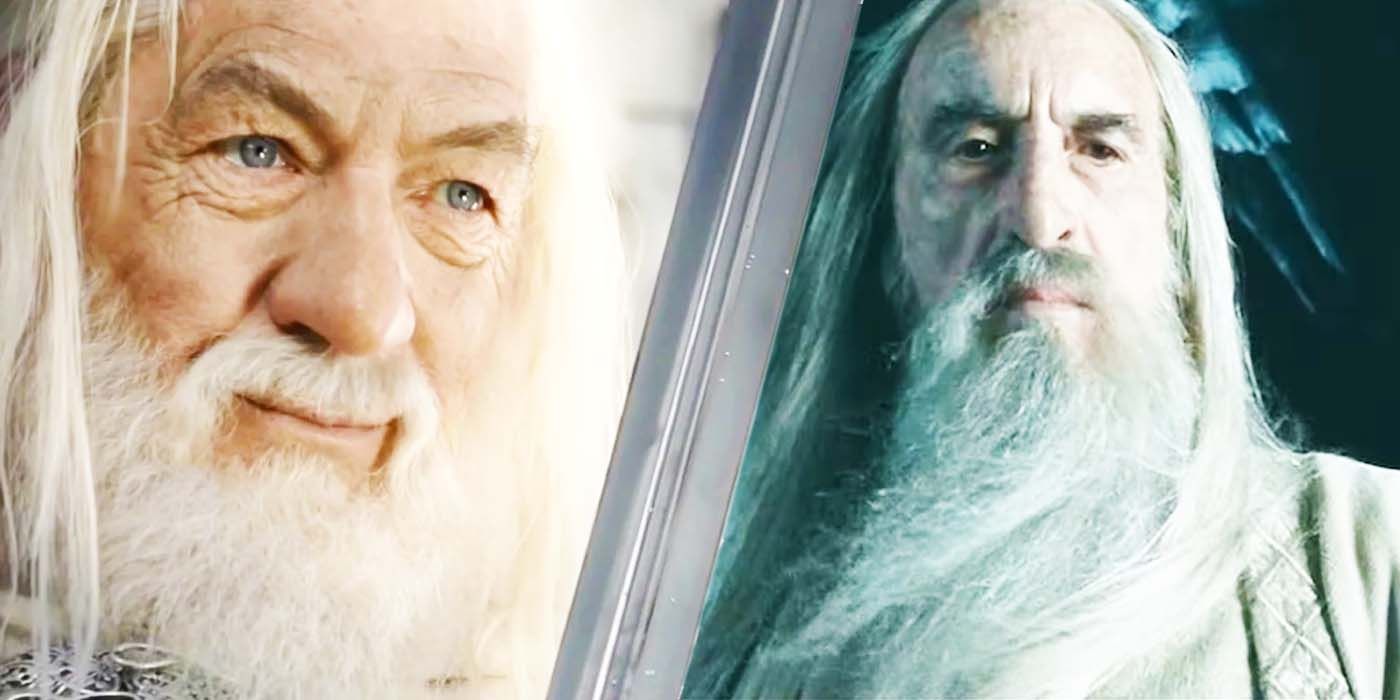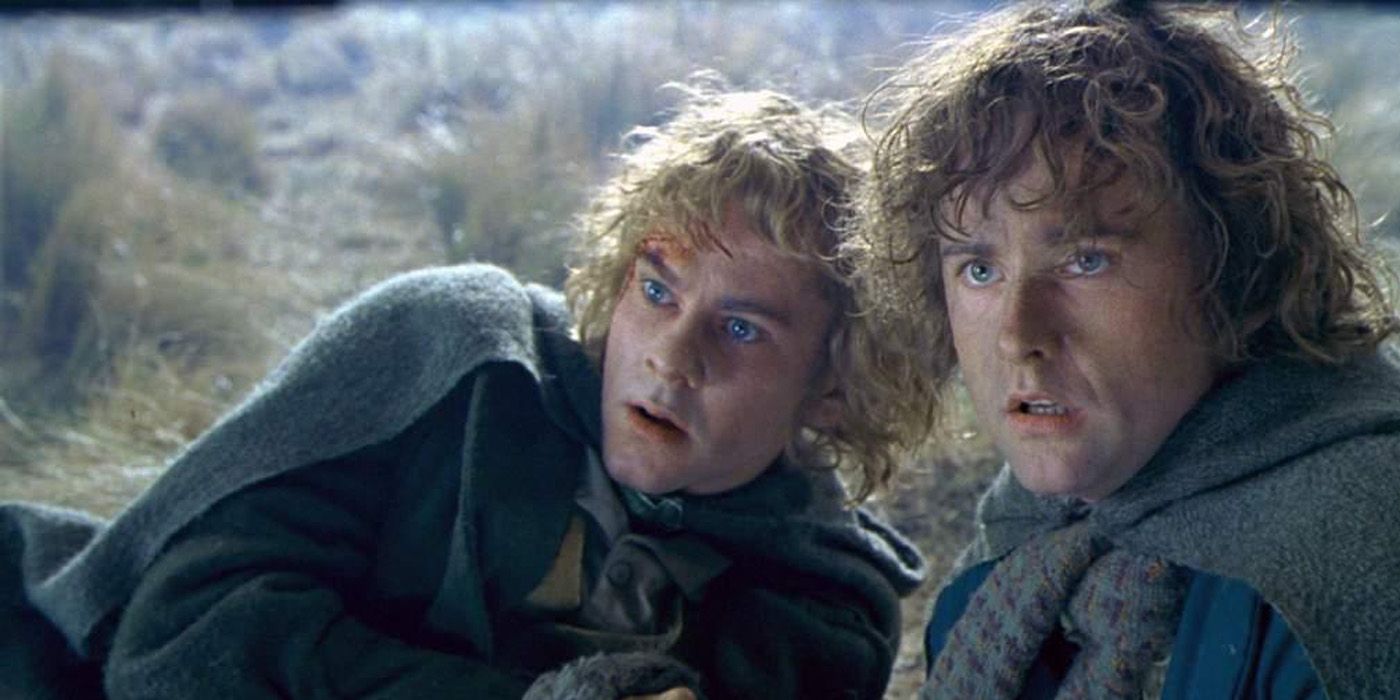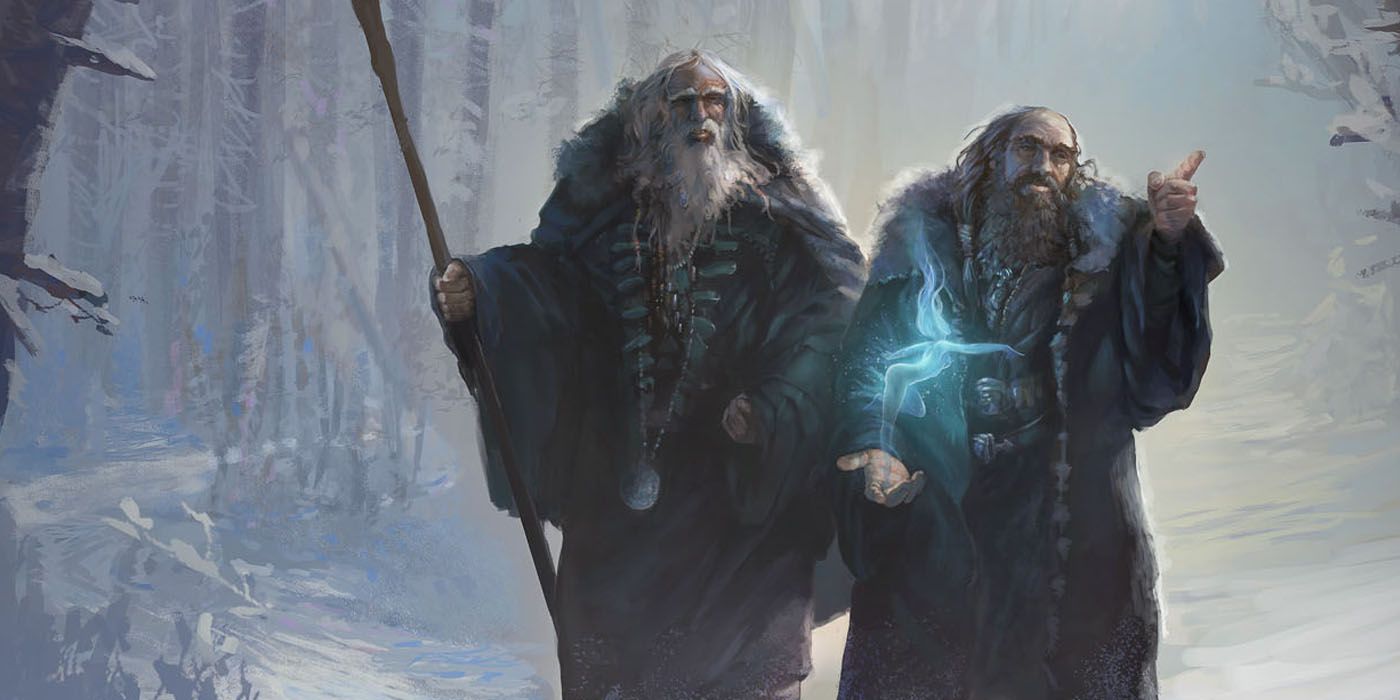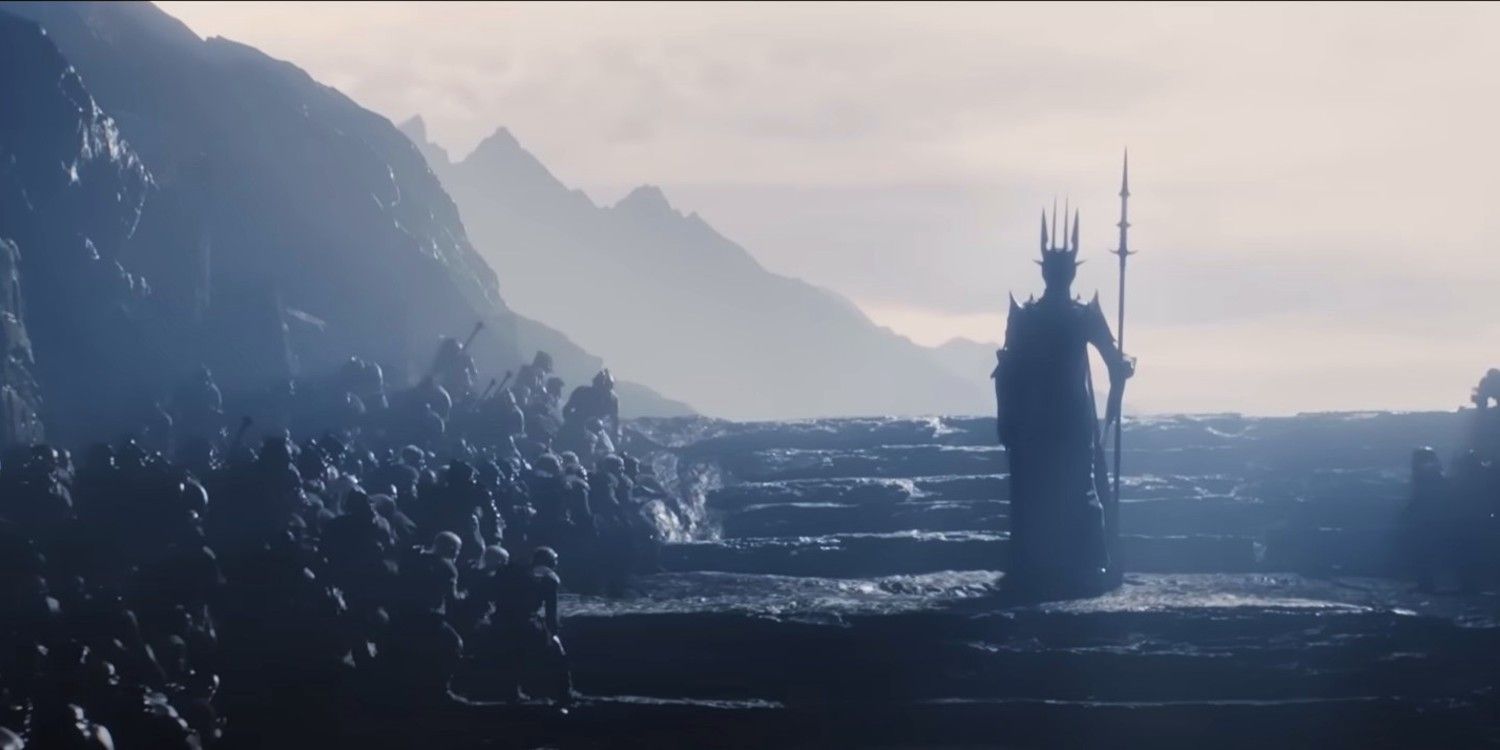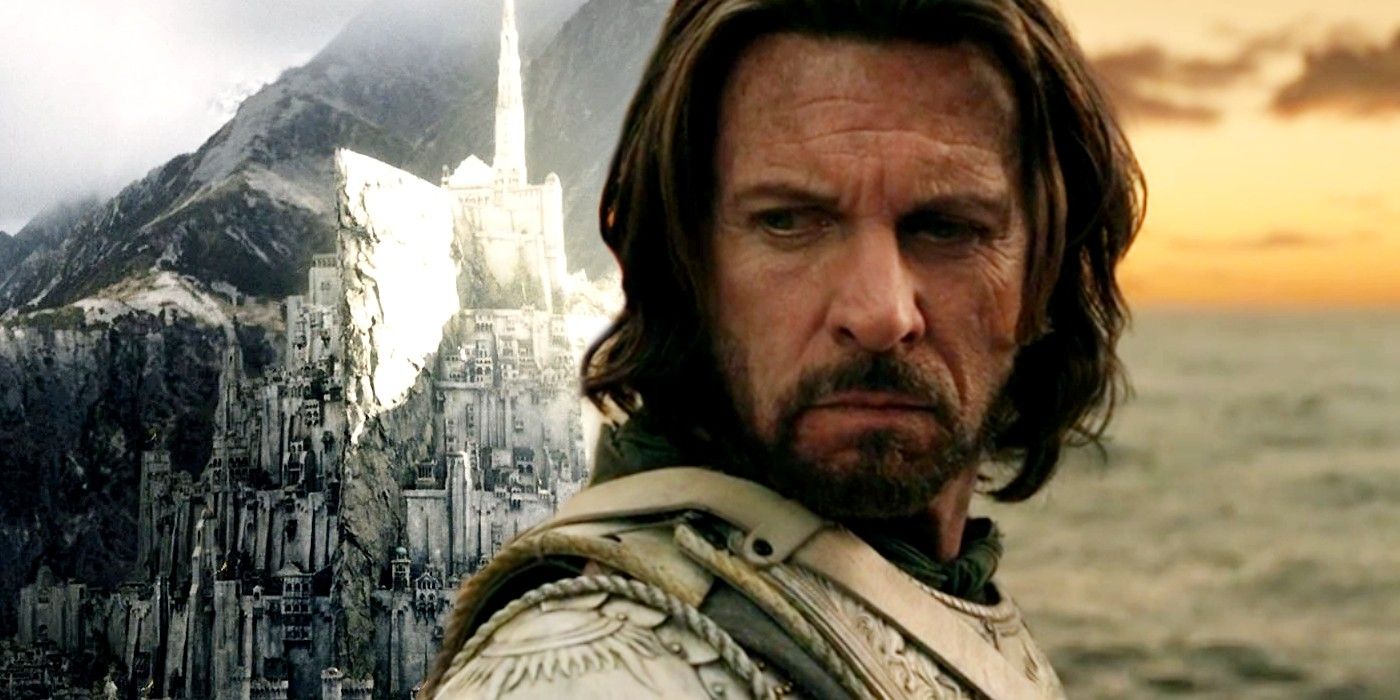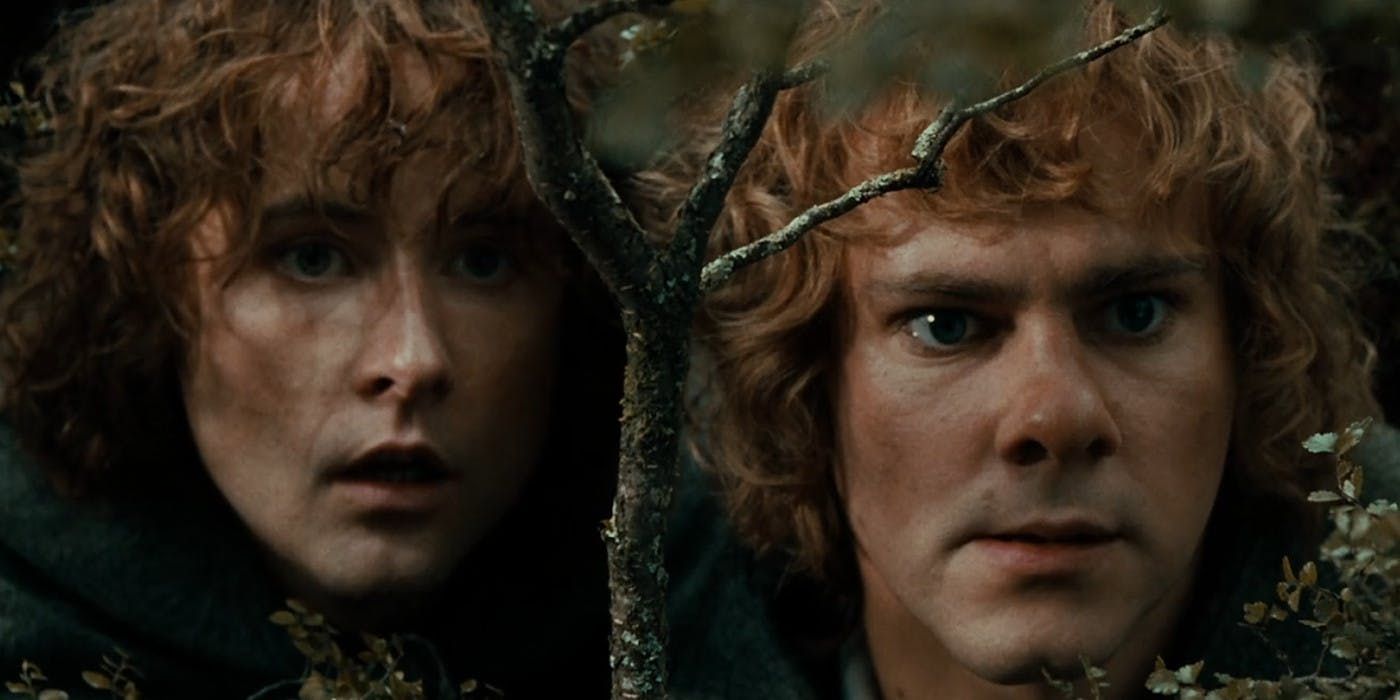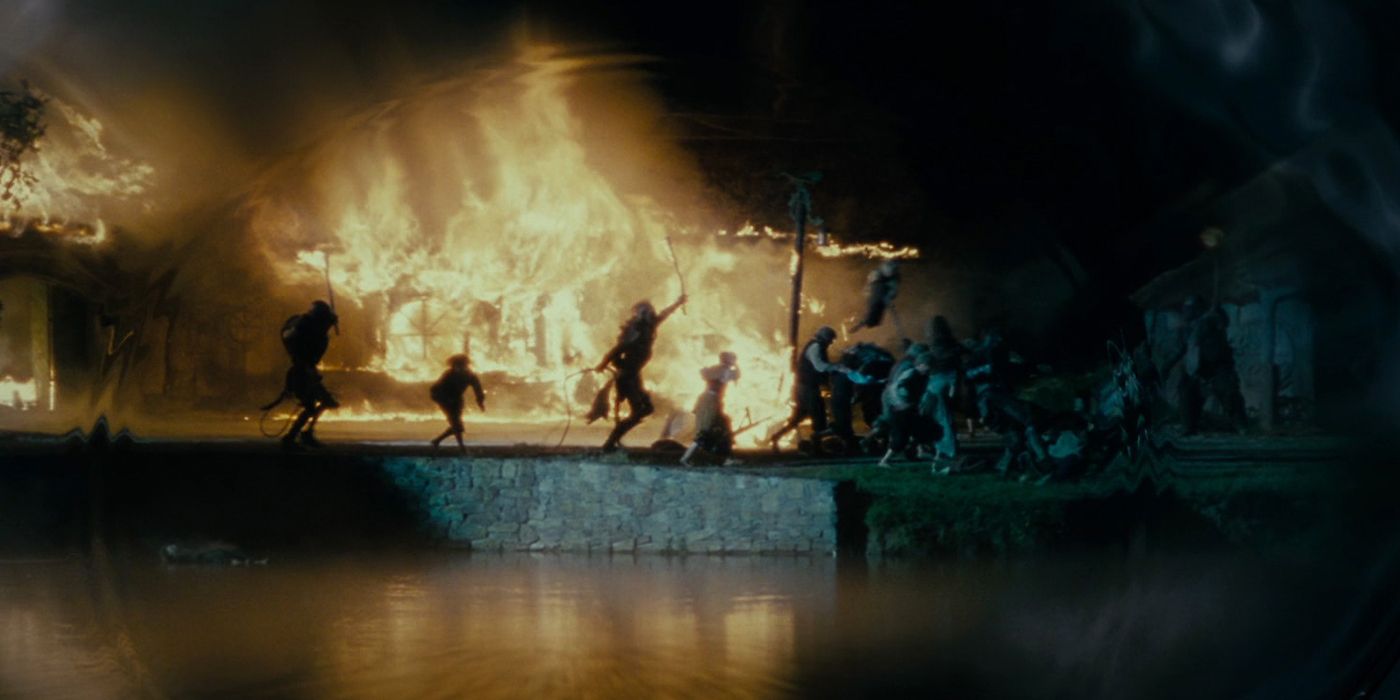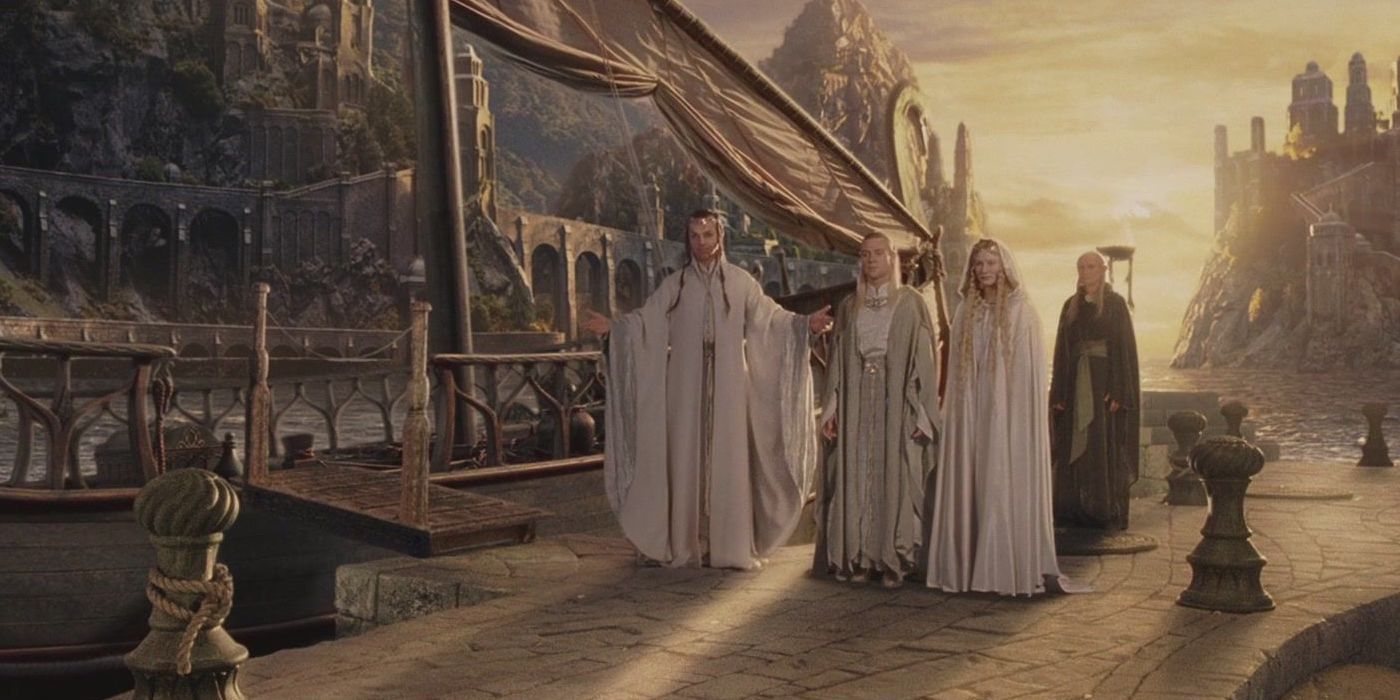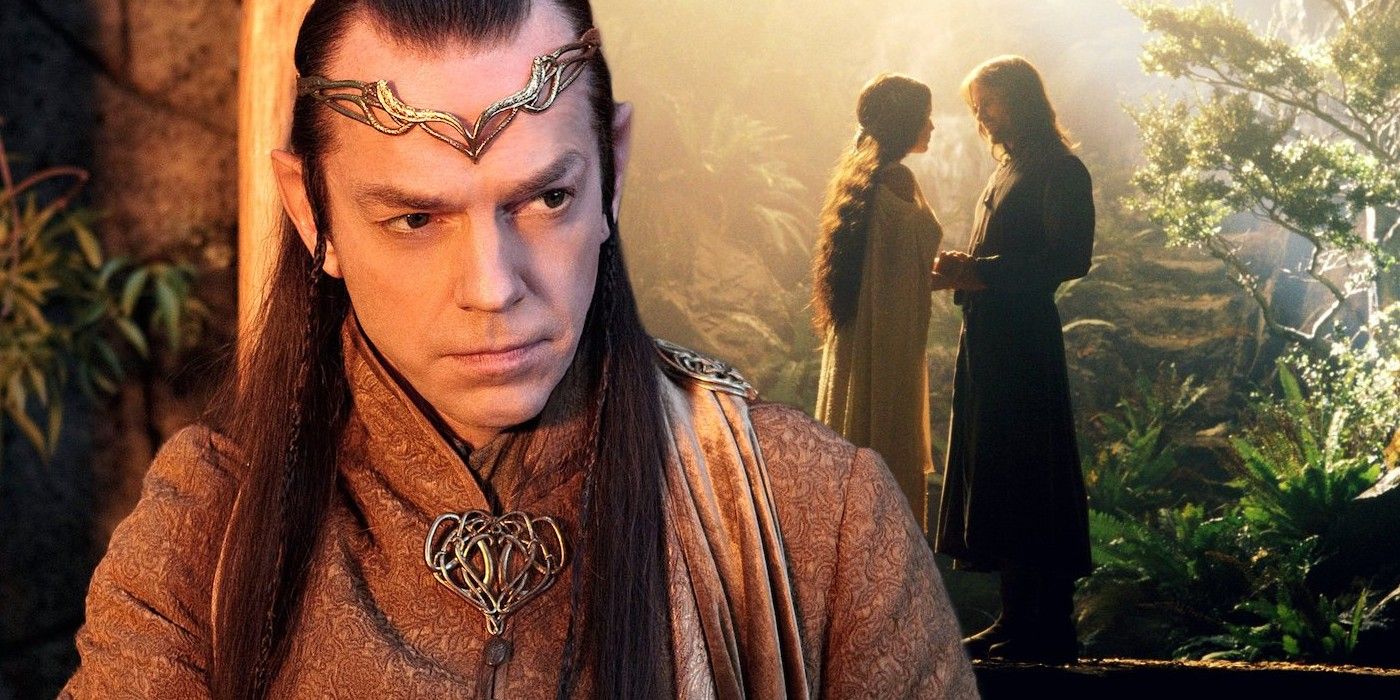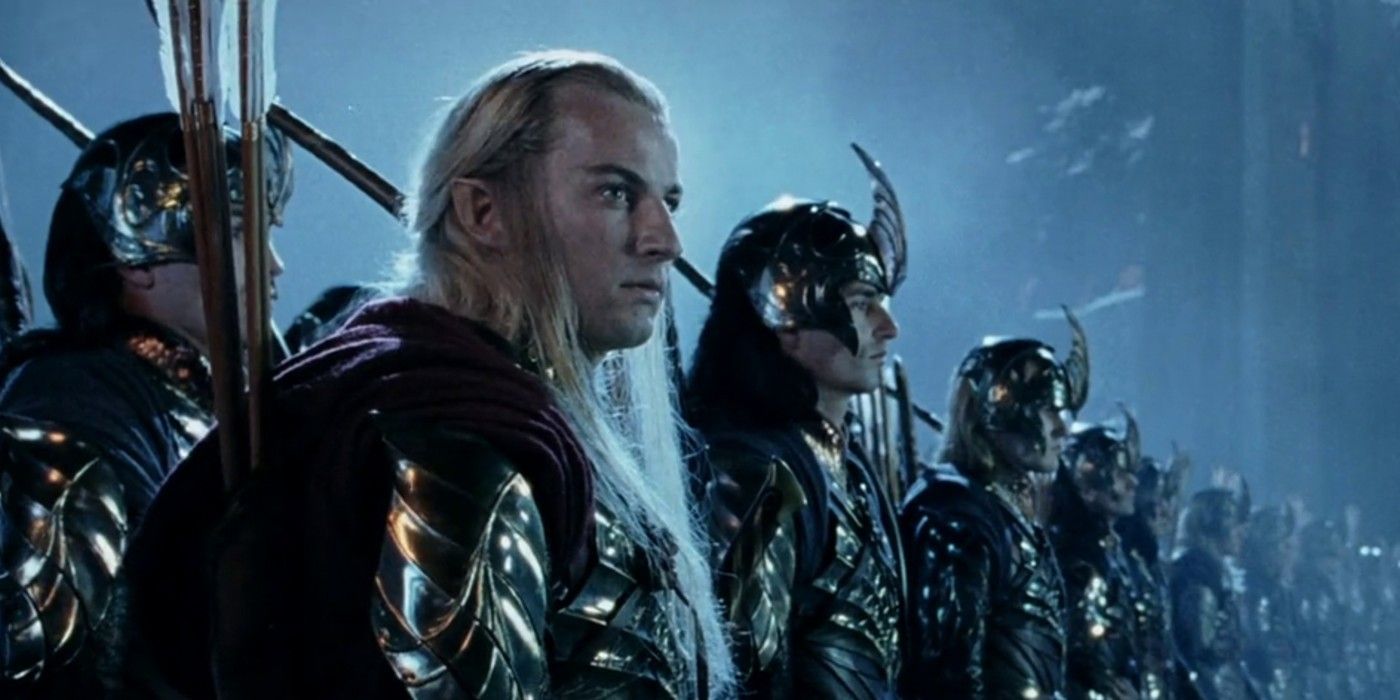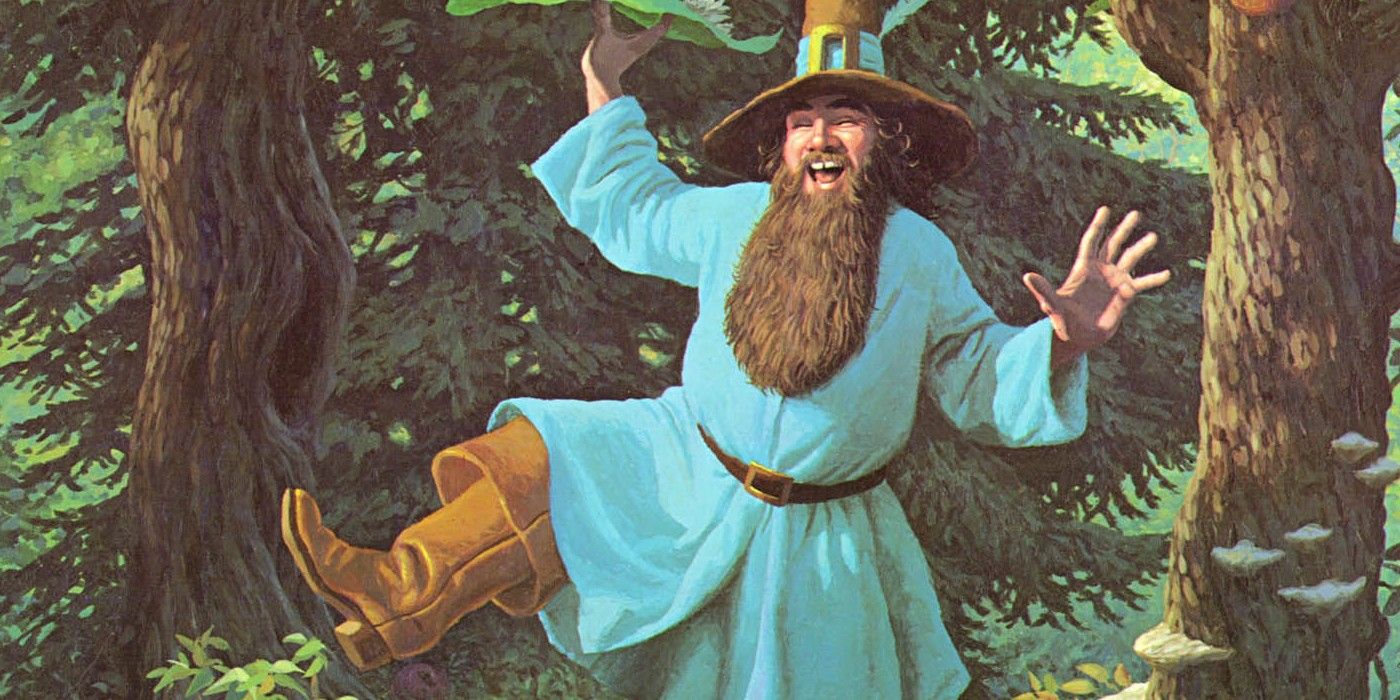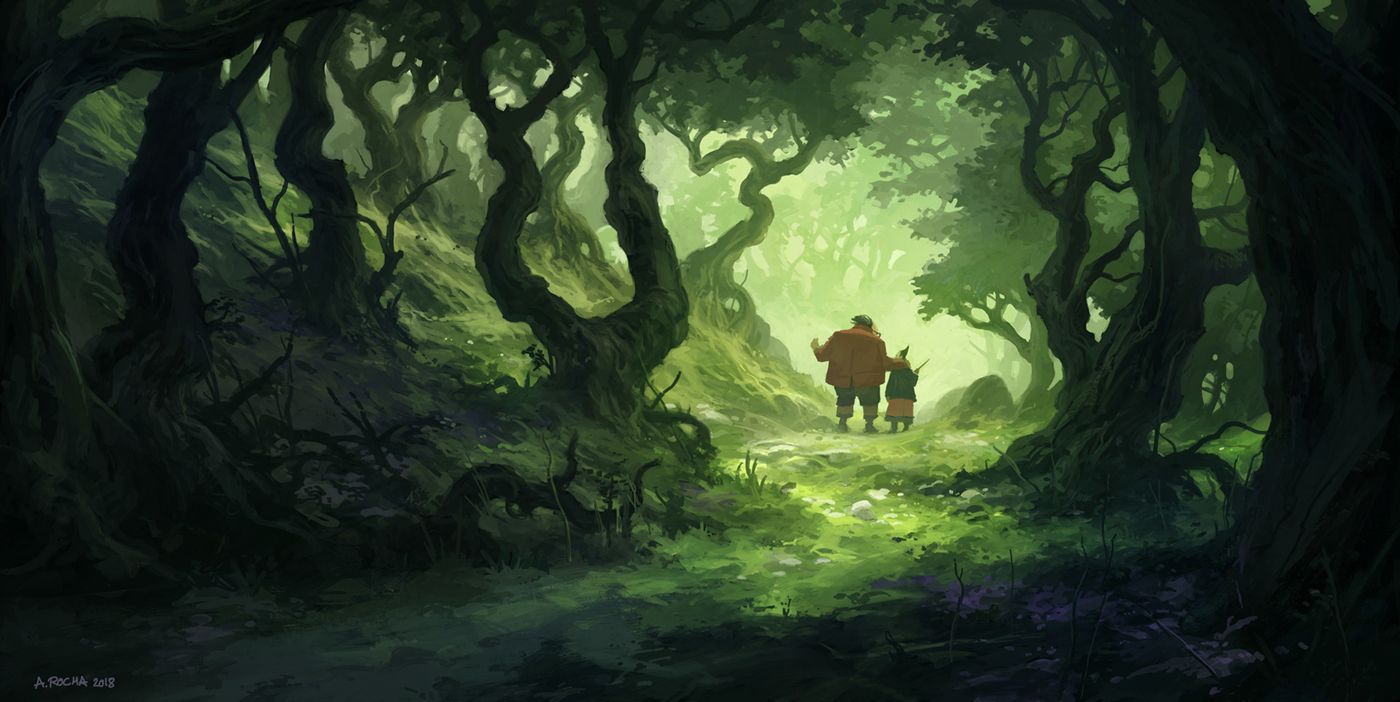12 Things in Lord Of The Rings Canon That Peter Jackson Ignored
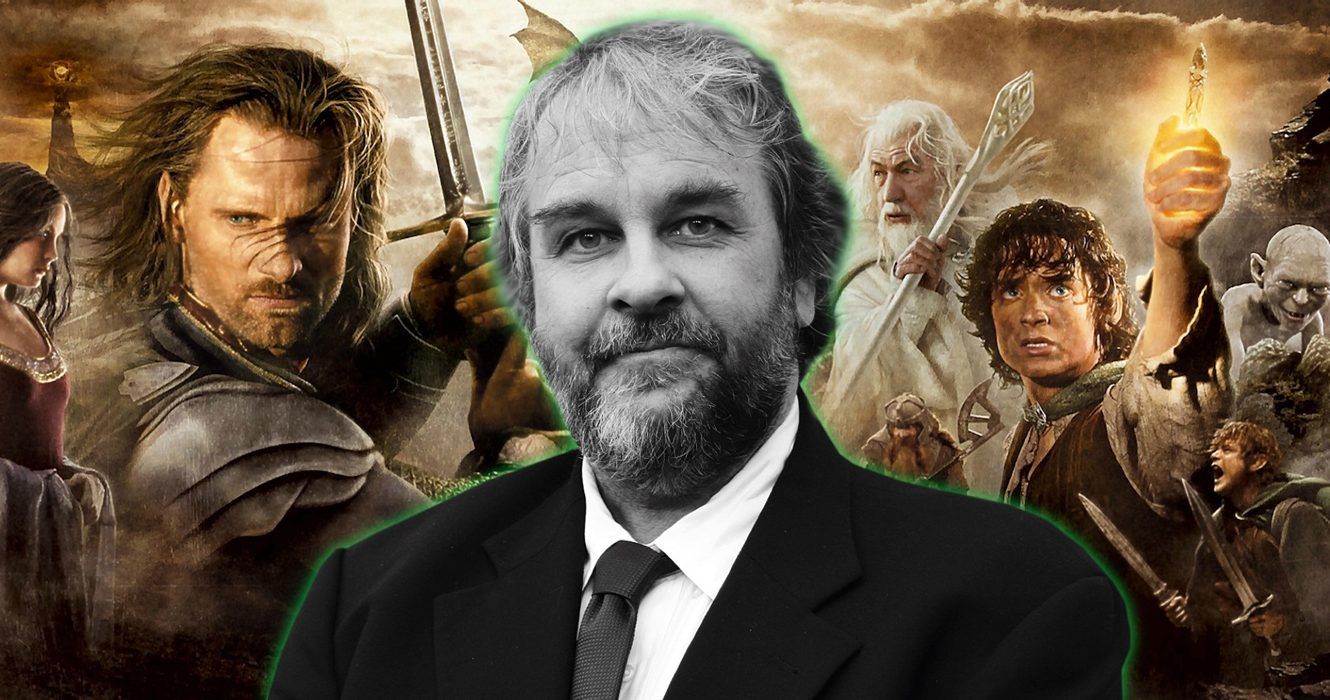
Love them or leave them, the Lord of the Rings trilogy of films by Peter Jackson is in some ways very different from the novels fans all know and love. Some of the changes were more aesthetic than not, while others viewers will never be able to forgive. Some of the changes were made for the sake of pacing or timing, and, to be fair, the movies would have all been at least twice as long without those edits. But that doesn’t always make the changes sit right with fans.
Updated on December 15th, 2022 by Jordan Iacobucci: The Lord of the Rings franchise is getting bigger, with new series in the works for Amazon Prime Video, including The Rings of Power, which recently aired its first season. While Peter Jackson’s original trilogy of films is generally beloved for their close adhesion to J.R.R. Tolkien’s vision, there are some things from the books’ canon that were not adapted properly for the movies.
Gandalf’s Origin
Lord of the Rings fans may or may not be surprised to learn that Gandalf and his order of wizards are not mere mortals by any means. In fact, they belong to the Maiar of Valinor, primordial beings that precede the very foundations of the material world. He, Saruman, and the other wizards were sent to Middle-Earth centuries before the War of the Ring to help guide mortals in trying times.
Despite Gandalf’s origin being a very important piece of Lord of the Rings canon, it is never explicitly laid out for viewers of the films. While slight hints may lay the groundwork for such a reveal, the true forms of Gandalf and the other wizards are never revealed outright, which appears to be an omission that The Rings of Power will amend.
The Music
Readers of Tolkien’s classic trilogy are doubtlessly familiar with the many poems, songs, and lyrical preludes included within his work. Rarely does a chapter go by in which one character or another does not either recite or improvise a song, usually one related to a piece of Middle-Earth history.
While The Hobbit and Lord of the Rings include a select few of Tolkien’s poetic endeavors, the films largely omit the musical forrays of their characters. It is understandable, however, that Jackson elected to leave these bits out of his films, as they would have likely slowed the pace of the projects and alienated certain viewers.
The Blue Wizards
While viewers of the Lord of the Rings films are intimately familiar with Gandalf the Grey, Saruman the White, and, to a lesser extent, Radagast the Brown, they may not be aware that there are actually two other wizards in their order. Alatar and Pallando were the Blue Wizards, who traveled throughout Middle-Earth.
Outside of a reference to there being five wizards in their order, the Blue Wizards are never mentioned in the films. However, Jackson can be forgiven for this omission in that Alatar and Pallando are never mentioned in Tolkien’s original books either, but are instead referenced in other compendiums that were meant to add to Middle-Earth’s lore.
Sauron’s Origin
Sauron is a powerful former member of the Maiar who betrayed his people and fought for the great evil known as Morgoth. After Morgoth’s defeat, Sauron was missing for years, eventually reemerging to trick the Elves, Dwarves, and Men into creating several rings of power that he would use to corrupt and overpower them.
Sauron is one of the most pivotal characters in the Lord of the Rings trilogy, functioning as the primary antagonist of the franchise. However, there are plenty of things about Sauron’s history that viewers of the films wouldn’t understand given that his backstory before the Second Age is never fully discussed, though The Rings of Power aims to provide more depth to the villain by drawing on Tolkien’s histories.
The Importance Of Elendil
Elendil is one of the last Numenorians in known history, who also functions as the ancestor to Aragorn himself. In the books, it is clear that, with the help of his son Isildur and King Gil-Galad of the Elves, Elendil was a pivotal piece in Sauron’s fall at the end of the Second Age, though it cost him his life.
Elendil is given little more than a brief mention and cameo in the films, somewhat tapering over his contribution to Middle-Earth’s history. While the strength of men so often fails in Lord of the Rings, Elendil remained strong, even when his son could not. Thankfully, The Rings of Power has made it a point to further flesh out this hero of Tolkien’s history.
The Reason Merry & Pippin Join the Quest
Merry and Pippin are all cute and cheerful in both the novels and the movies, but there’s a dramatic shift between the two. In the novels Merry and Pippin are shockingly perceptive; being well aware that Frodo was in some sort of danger and planning on making a mad run. Knowing that they were likely to be headed into danger, the stubborn pair refused to let Frodo go off on his own (yes, Sam was going with, but without their support, it hardly counts).
In the movies, the pair are shown as bumbling hobbits. They’re clearly being used as comic relief at points. They ended up along the quest because they were in the wrong place at the wrong time. It gave no justice to their true characters or their loyalty. It may seem like a small change, but it did set the tone for these two characters and their appearances for the rest of the movies.
The Scouring of the Shire
It is mind-boggling that the Scouring of the Shire was left out of the movies. It was an important lesson for the hobbits and the readers alike to learn, so it seems strange that it got completely overlooked. At the end of the Return of the King, Frodo, Sam, Merry, and Pippin all come back home to the Shire…only to find it fundamentally changed. The Shire did not escape the war unscathed. Here they find that Saruman (disguised as Sharkey) had run from his tower to the Shire to take over their homeland.
The Scouring of the Shire represented the Hobbits learning to stand against tyranny on their own. They had to fight for their homeland in a way they never expected, from an enemy they didn’t see coming. This chapter has been considered vital by many, and as an allegory for what happened to Britain after World War II. Considering how influenced Tolkien was by the war, this seems extremely likely. The closest we get to this chapter is the briefest hint when a glimpse of the future is shown – and even then nothing really comes of it. It’s a shame this part was left out, though Peter Jackson to this day defends his choice.
The Elves’ Reason for Leaving
In the movies, it was never really made clear that the Elves must leave regardless of the outcome. If Sauron wins, the reason is fairly obvious. But even if he lost, the Elves must depart. Their power had been weakening, and they had become somewhat dependent on the power supplied by their rings. If the One Ring is destroyed, then so are their rings.
The movie pretty much glossed over this, however, showing it as the Elves leaving almost like they were giving up hope for the battle. It seemed at times like the Elves just assumed that the battle was already lost, and thus not worth staying. When in truth the Elves had invested so much in the battles before this and had high hopes for the outcome of this one. It was simply beyond them to stay and help.
Aragorn, Arwen, & Elrond
The relationship dynamics between Aragon, Arwen, and Elrond are a bit skewed between the novels and the movies. It might not have been a big deal, had they not played a major part in how things turned out. Aragon and Arwin were fiercely loyal to one another. Arwen had pled herself to Aragon some fifty years before the novels began, and that is not something Elves turn back on lightly. Thus she simply would not have considered leaving the way she did in the movie; she was tied to Aragorn one way or the other.
Likewise, Elrond wouldn’t have pushed Arwen to leave the way we were shown. He adored Aragorn in his own way – he was, in essence, the uncle or foster father for many of Aragorn’s line, and thus respected Aragorn highly. He thought that if anyone could get the humans through this battle it would be this man. There was tension built here that didn’t need to be. These three were very happily set in their own agreements and opinions. The changes weren’t needed, and the time could have been better spent on other areas that needed more explaining.
The Elf Army Appearance
In the movie, during the battle of Helm’s Deep, the fighters are given a sudden sense of hope as an Elven army arrives at their doors, but this does not happen in the books. There simply were not enough Elves to go around at that point and certainly not enough that they’d be so willing to risk their lives like this. And since the Elves have been weakening for years, this land could no longer be their home, making it unlikely that they would choose to stay and fight for a land that they would never be a part of again.
Another important point; the Elves were actively engaged in their own battle by this point in the novel. So they truly did not have the forces to spare, not even if they had been otherwise willing to. Admittedly, the moment was very inspiring and heartwarming, which is likely what Peter Jackson was going for by including it in the film.
Tom Bombadil
Tom Bombadil was the biggest character left out of the movie adaptations. Bombadil is a unique force in the world of Lord of the Rings. Many argue that he’s a great evil perfectly hiding as a crazy – but powerful – old man. Others are less convinced. In the novels, Tom Bombadil was one of the first encounters the Hobbits had all on their own. This odd encounter turns out to be extremely important later, but we’ll get to that. Tom helps Frodo to free Merry and Pippin from Old Man Willow, only to then invite the travelers back to his home.
Frodo trusted this man so much that he allowed Tom Bombadil to inspect the Ring, which notably had no effect on him. To this day, Tom is one of those characters that fans love to debate about. Still, no matter how one feels about him, all must agree that he indeed took care of the Hobbits and they likewise learned a lot from him.
Barrow-Blades
In addition to his importance in the franchise’s overall lore, Tom Bombadil is also the reason the four Hobbits have Barrow-Blades, the iconic short blades seen in the movies. These blades were found in a wight’s barrow, hence the name.
These blades were also known as Daggers of Westernesse and were forged by those very men. They’re old blades, but they have one unique property to them. These blades were enchanted by an Arthedian weaponsmith with the express purpose of bypassing the protections cast upon the Ringwraiths. When Merry stabbed the Witch King during the Battle of Pelennor Fields, he significantly weakened the foe, allowing Eowyn to strike the killing blow. The focus of this moment in the movie was shifted to Eowyn, diminishing the role that Merry (and thus the blades and Tom Bombadil) played in the film.
Share this news on your Fb,Twitter and Whatsapp
NY Press News:Latest News Headlines
NY Press News||Health||New York||USA News||Technology||World NewsTimes News Network:Latest News Headlines
Times News Network||Health||New York||USA News||Technology||World News
